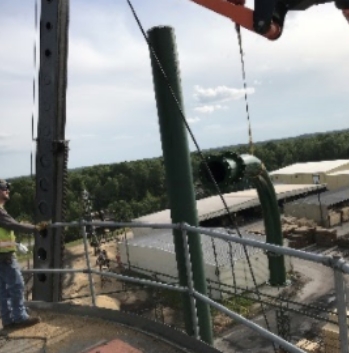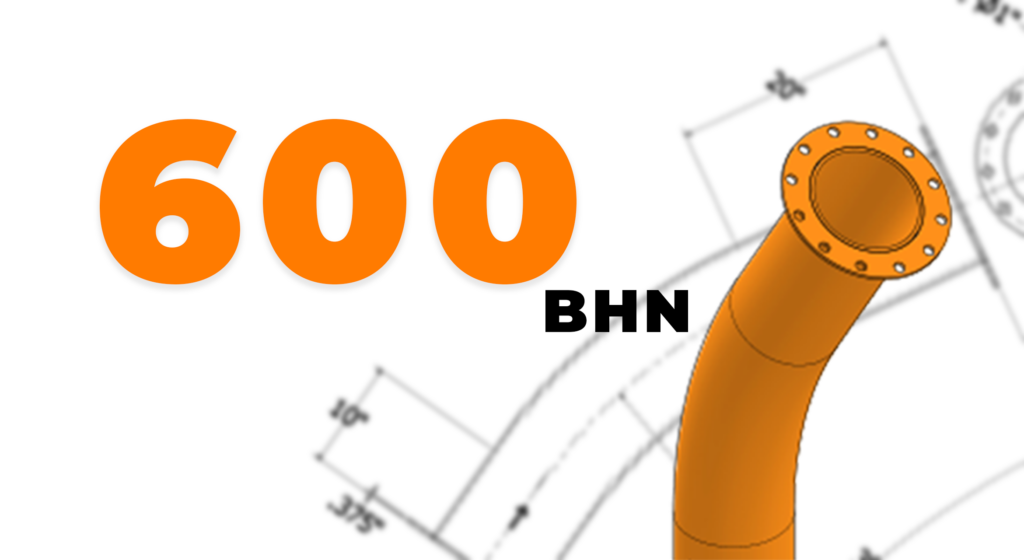The Process
Induction Hardening: For the Longest-Lasting Wear-Resistant Pipe
Our Ultra 600 Wear-Resistant Elbows deliver the longest life and best performance available. The secret? Induction hardening. This state-of-the-art process produces an interior hardness of 600 Brinell—among the hardest surfaces possible for steel piping and elbows.
Making the Induction Formed Bend
Through a unique induction hardening application, our elbows are both formed and hardened in the same process. Induction hardening is a precise and efficient process that can be used to harden specific areas of a part without affecting the rest of the material. It is used to improve the wear resistance and durability of steel components such as blowpipe elbows.
- Each segment of pipe is heated to a very high temperature (800-900°C) using an induction coil, which creates heat by inducing an electrical current in the material.
- The pipe is formed and bent as it is heated.
- At the same time, the pipe is continuously blasted with water on the inside to quickly cool the material. The rapid cooling, known as quenching, causes the surface of the material to become harder than the core.
- The induction hardening process results in an elbow that is very hard (480 to 600 Brinell) on the inside while remaining workable and weldable on the outside.

A HISTORY of Innovation in Abrasion-Resistant Piping
Ultra Air Systems is bringing innovative induction-hardened steel elbows to the milling, lumber, woodworking, and grain industries. The Ultra Air Systems induction-hardened elbow, produced by Ultra Tech Pipe in Wisconsin, represents a breakthrough in conveying system component life and performance. Ultra Air Systems is the sole seller of induction-hardened pipe bends from Ultra Tech Pipe for air applications such as sawdust and grain conveying.

About Induction Hardening
Induction hardening is a heat-treatment process used to improve the wear resistance, strength and durability of metals (typically steel). Our abrasion-resistant elbows use induction hardening to create a pipe bend that is unmatched in terms of longevity and performance.
What are the advantages of induction hardening?
Induction hardening offers significant advantages for the production of long-life steel elbows, including:
- Improved wear resistance: Induction hardening can significantly improve the wear resistance of blowpipe elbows, making them more durable and longer lasting.
- Efficiency: Induction hardening is a relatively fast and efficient process. It can be completed in a matter of minutes, compared to hours or days for other hardening methods.
- Cost: Induction hardening is a cost-effective method for hardening steel parts. It requires less energy and generates less waste than other hardening methods.
- Precision: Induction hardening allows for precise control of the depth and uniformity of the hardened layer, which allows abrasion-resistant elbows and piping to be produced to consistent and precise hardening specifications.
WHAT IS The Brinell Scale?
The Brinell scale is a method for measuring the hardness of materials, particularly metals. It was developed by Johan August Brinell in 1900. The test involves pressing a hardened steel or carbide ball of a known diameter into the surface of the material being tested under a known load. The diameter of the indentation left by the ball is measured, and the hardness is calculated using the formula:

The resulting number, called the Brinell hardness number (BHN), is a measure of the material’s resistance to deformation. The higher the BHN, the harder the material. BHN is a linear scale that goes from 20 (a very soft material) to 650 (the hardest material the scale can measure).
The Brinell scale is widely used in industry, particularly for testing the hardness of large and heavy parts (such as pipes, castings, forgings, and rolled plates) where other testing methods, such as the Rockwell or Vickers test, are not practical. It is an ideal method for testing the hardness of induction-hardened steel used in wear-resistant elbows and piping.
What does a Brinell Hardness Number (BHN) of 600 mean?
Our induction-hardened abrasion-resistant elbows have an interior Brinell hardness number (BHN) of 600. This is considered to be a very high hardness and typically indicates that the material is very resistant to deformation and wear. The highest number on the Brinell scale is BHN 650.

How do Ultra 600 Long-Life Elbows compare to AR 235 and AR 400 elbows in terms of hardness?
The Brinell scale is linear, so it is possible to make a direct correlation between the BHN numbers of different materials and their relative hardness. The interior of the Ultra 600 Long-Life Elbow has a BHN of 600. Thus:
AR 235
The interior of the Ultra 600 is more than 2.5x as hard as AR 235 pipe, with a BHN of 235.
AR 400
The interior of the Ultra 600 is 67% harder than AR 400 pipe, with a BHN of 400.

Increased hardness translates to improved longevity and abrasion resistance. Ultra 600 abrasion-resistant elbows last roughly 4x as long as AR 235 elbows exposed to the same working conditions.
